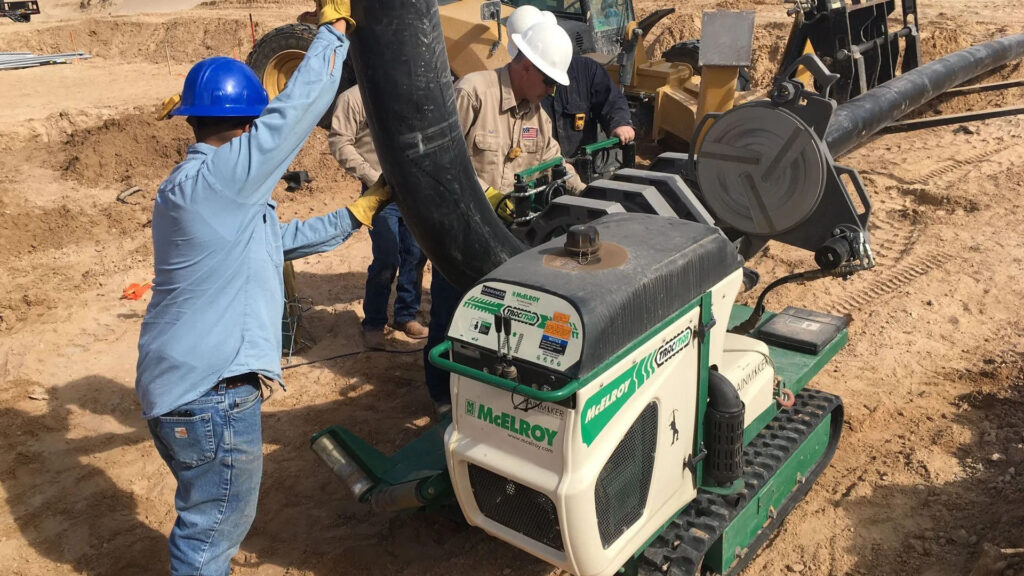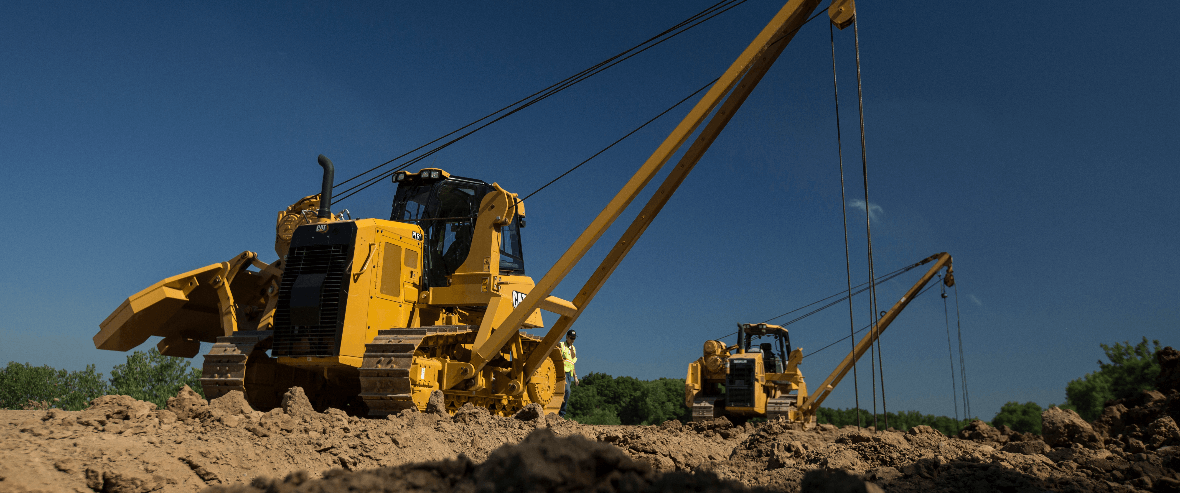Superior Rentals fusion machines: how they work for energy infrastructure
Wiki Article
Everything About Oil Field Equipment and Pipeline Equipment: Trick Insights and Vital Details
Oil field equipment and pipeline systems play a pivotal role in the oil and gas market. They are necessary for the effective extraction and transport of hydrocarbons. Trick components, such as drilling rigs and storage tanks, directly effect functional success. Improvements in technology promise to enhance security and efficiency. Comprehending these elements is important for any individual associated with or thinking about this intricate field, as it sets the stage for deeper expedition of market methods.
Introduction of Oil Field Equipment
As the need for oil continues to grow, understanding the equipment utilized in oil areas comes to be progressively important. Oil field equipment includes a large range of equipment and devices important for exploration, extraction, and processing. Key parts consist of piercing rigs, which are important for reaching oil reservoirs, and manufacturing equipment, such as separators and pumps, that assist in the removal process. Superior Rentals Contact. In addition, storage space containers play a substantial duty in holding crude oil before transportation. Security tools, consisting of blowout preventers and pressure determines, assures functional safety and effectiveness. Each tool features cohesively to optimize manufacturing and maintain reliable workflow. Experience with this devices is very important for experts in the market to guarantee successful procedures and adherence to security requirementsKinds Of Drilling Rigs and Their Applications
Drilling rigs function as the foundation of oil extraction procedures, with different types developed for specific geological conditions and functional requirements. One of the most typical kinds include rotating boring rigs, which make use of a turning drill little bit to penetrate the earth, and cord tool rigs, recognized for their percussion exploration method. For overseas operations, jack-up rigs and semi-submersible rigs give security and assistance in marine settings. Additionally, directional drilling rigs make it possible for operators to drill at angles, getting to deposits that are not vertically available. Each gear type has distinct advantages, maximizing effectiveness and safety based upon the drilling environment. Picking the suitable rig is essential for making the most of resource extraction while minimizing ecological effect and functional prices.
Important Pipeline Equipment and Their Features
Pipeline infrastructure is necessary for the transport of oil and gas from removal sites to processing centers and end-users. Numerous essential equipment parts facilitate this process. Pipelines themselves function as the main channels, designed to hold up against high pressure and harsh compounds. Pump terminals are critical for keeping flow by improving pressure along the pipeline. Valves play a crucial function in controlling flow and separating areas for maintenance. Additionally, installations and ports ensure protected joints between pipeline sections. Monitoring systems, consisting of flow meters and pressure sensors, are vital for identifying leaks and enhancing circulation prices. Ultimately, pigging devices is utilized for maintenance and cleansing, safeguarding pipeline stability and performance. Together, these elements create the foundation of a trustworthy pipeline system.Developments and Technologies in Oil and Gas Equipment

Safety and Maintenance Practices in the Oil Industry
While the oil sector has made significant strides in innovation and performance, the relevance of robust safety and upkeep practices can not be overemphasized. Effective safety protocols are important to secure employees and the environment, lessening the threat of mishaps and spills. Regular assessments and upkeep of equipment aid determine potential concerns prior to they intensify, ensuring operational stability. Educating programs for employees are essential, stressing the significance of security awareness and emergency feedback treatments. In addition, adherence to market guidelines and standards cultivates a culture of security. Applying sophisticated surveillance innovations can additionally improve maintenance methods, permitting for real-time analyses of equipment conditions. Inevitably, prioritizing security and maintenance is important to the sustainability and success of the oil industry.Often Asked Inquiries
What Are the Ecological Influences of Oil Field Equipment?
The environmental influences of oil field equipment consist of environment destruction, water contamination, and air contamination (Superior Oilfield pipeline equipment rentals). Additionally, devices malfunction can bring about spills, adversely impacting wild animals and communities, highlighting the need for strict policies and surveillance
Exactly How Is Oil Field Equipment Transferred to Remote Locations?
Moving oil field equipment to remote locations usually involves specific lorries, helicopters, or barges. Logistics business coordinate paths, making sure devices arrives securely and effectively, thinking about terrain and availability to minimize delays and maximize performance.What Regulative Specifications Govern Oil Field Equipment?
Regulatory standards controling oil field equipment mainly include safety and security, environmental management, and operational performance guidelines. Agencies such as OSHA and EPA implement these guidelines to guarantee safe techniques and minimize eco-friendly effect in oil extraction procedures.What Skills Are Required to Run Oil Area Equipment?

Just How Do Oil Costs Influence Equipment Demand and Use?
Oil costs considerably affect equipment demand and usage. Higher rates typically lead to raised exploration and manufacturing activities, driving demand for machinery. Conversely, reduced costs might cause decreased operations and lowered requirement for devices.Report this wiki page